© ROOT-NATION.com - Use of content is permitted with a backlink.
In mid-May, Poco introduced a new budget smartphone Poco M3 Pro with support for 5G. During the reveal, the emphasis was placed on the unique design of the device, which is in no way tied to the Xiaomi or Redmi models, although it is similar – similarly stylish. It is a Pro version, but as it often happens, along with the improvements, there is also a downgrade. We have already tested the new product, and below you will find a detailed analysis of the Poco M3 Pro 5G.
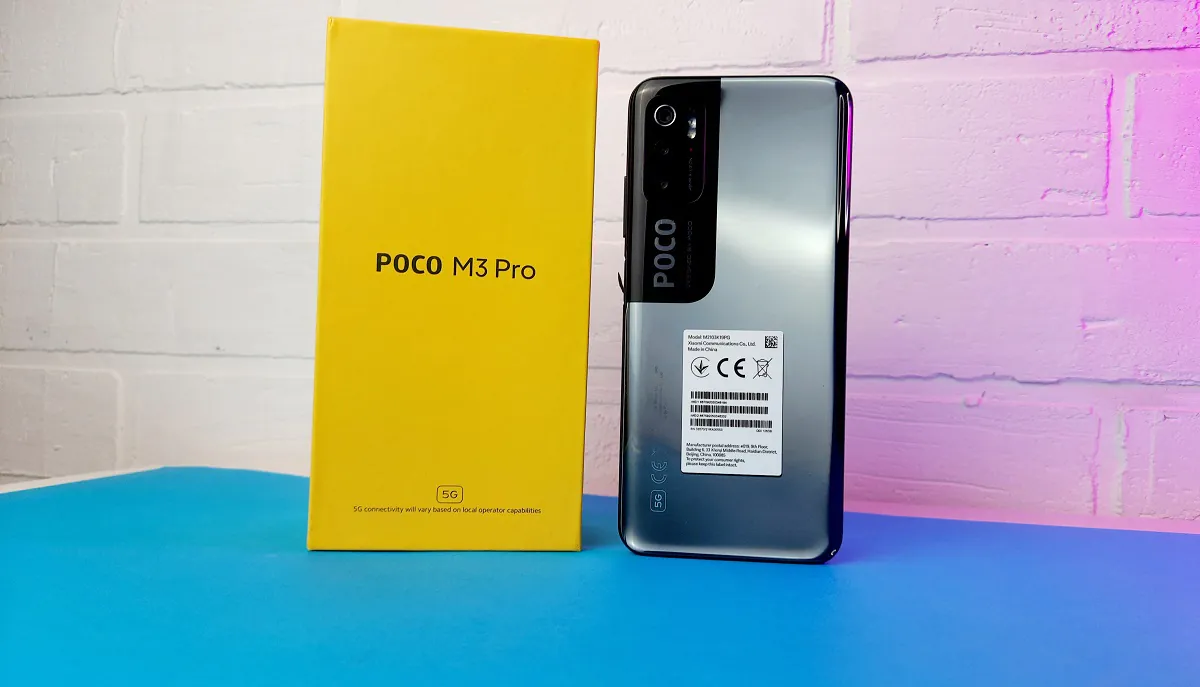
Read also: Poco X3 Pro Review: Most Powerful In Its Class?
Our video about Poco M3 Pro 5G
Do you want to read the text? Watch a video!

Full specifications of the Poco M3 Pro
| NETWORK | Technology | GSM / HSPA / LTE / 5G |
|---|
| LAUNCH | Announced | 2021, May 19 |
|---|---|---|
| Status | Available. Released 2021, May 22 |
| BODY | Dimensions | 161.8 x 75.3 x 8.9 mm (6.37 x 2.96 x 0.35 in) |
|---|---|---|
| Weight | 190 g (6.70 oz) | |
| Build | Glass front (Gorilla Glass 3), plastic frame, plastic back | |
| SIM | Dual SIM (Nano-SIM, dual stand-by) |
| DISPLAY | Type | IPS LCD, 90Hz, 400 nits (typ), 500 nits (HBM) |
|---|---|---|
| Size | 6.5 inches, 102.0 cm2 (~83.7% screen-to-body ratio) | |
| Resolution | 1080 x 2400 pixels, 20:9 ratio (~405 ppi density) | |
| Protection | Corning Gorilla Glass 3 |
| PLATFORM | OS | Android 11, MIUI 12 |
|---|---|---|
| Chipset | MediaTek MT6833 Dimensity 700 5G (7 nm) | |
| CPU | Octa-core (2×2.2 GHz Cortex-A76 & 6×2.0 GHz Cortex-A55) | |
| GPU | Mali-G57 MC2 |
| MEMORY | Card slot | microSDXC (uses shared SIM slot) |
|---|---|---|
| Internal | 64GB 4GB RAM, 128GB 6GB RAM | |
| UFS 2.2 |
| MAIN CAMERA | Triple | 48 MP, f/1.8, 26mm (wide), 1/2.0″, 0.8µm, PDAF 2 MP, f/2.4, (macro) 2 MP, f/2.4, (depth) |
|---|---|---|
| Features | Dual-LED dual-tone flash, HDR, panorama | |
| Video | 1080p@30fps |
| SELFIE CAMERA | Single | 8 MP, f/2.0, (wide) |
|---|---|---|
| Video | 1080p@30fps |
| SOUND | Loudspeaker | Yes |
|---|---|---|
| 3.5mm jack | Yes | |
| 24-bit/192kHz audio |
| COMMS | WLAN | Wi-Fi 802.11 a/b/g/n/ac, dual-band, Wi-Fi Direct, hotspot |
|---|---|---|
| Bluetooth | 5.1, A2DP, LE | |
| GPS | Yes, with A-GPS, GLONASS, GALILEO, BDS | |
| NFC | Yes (market/region dependent) | |
| Infrared port | Yes | |
| Radio | FM radio | |
| USB | USB Type-C 2.0 |
| FEATURES | Sensors | Fingerprint (side-mounted), accelerometer, gyro, proximity, compass |
|---|
| BATTERY | Type | Li-Po 5000 mAh, non-removable |
|---|---|---|
| Charging | Fast charging 18W |
Price and positioning
The Poco M3 Pro is a budget smartphone with trendy design elements and a useful NFC module. The model is positioned as the best option in terms of price/quality ratio. The capabilities of the smartphone are relatively modest, as is its cost, but it can pleasantly surprise mobile gamers. The official price in many markets has not yet been announced, but it should be about $160-170 for the 4/64 GB version and $180-190 for the 6/128 GB version. At the moment, the smartphone is available for purchase on the official store on AliExpress.
What’s in the box
The Poco M3 Pro comes in a stylized bright yellow box. Inside, in addition to the smartphone itself, there is a protective film glued to the screen, a cable and a 22 W power supply with USB-C, a SIM eject tool, a transparent silicone case, brand stickers, manuals and a warranty.
There’s also a medium-sized case with USB Type-C port cover. The protective film is mediocre.
Design, materials and build quality
As stated above, in the Poco M3 Pro, the brand’s designers decided to move away from Xiaomi or Redmi designs, so they came up with something of their own, which they even reported on the back below the camera (Designed by Poco). And still the smartphone is similar to the recent innovations from Redmi.
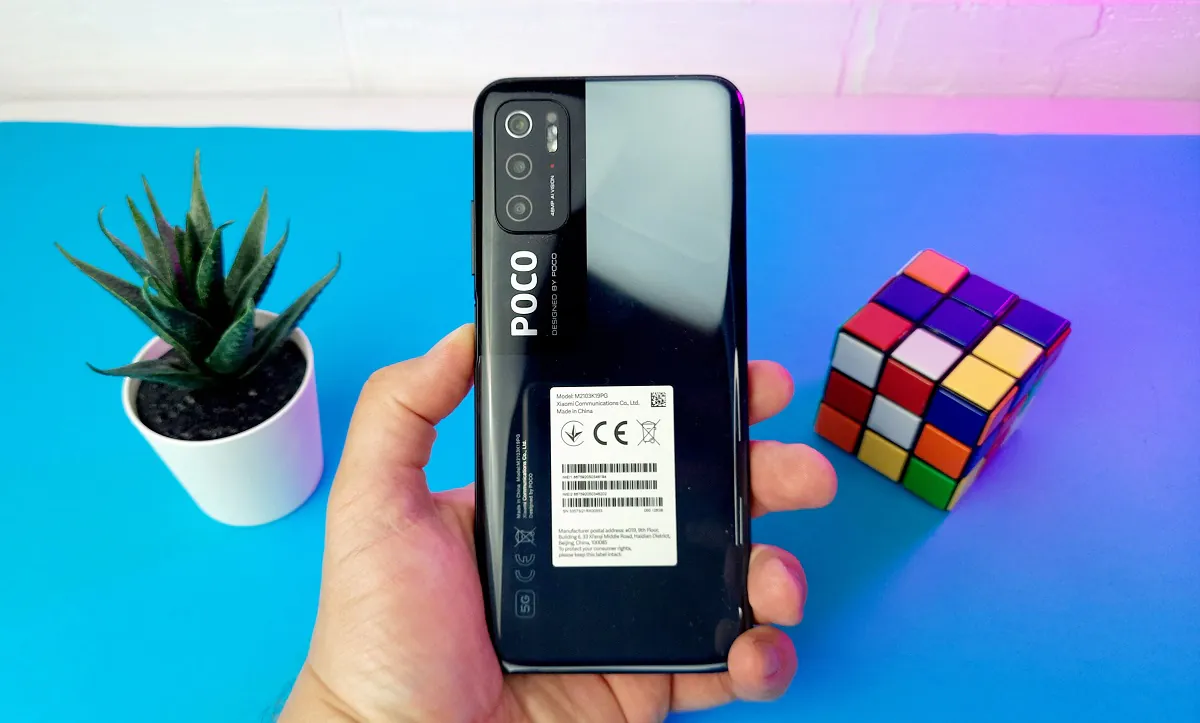
And yet the Poco M3 Pro turned out to be stylish and dashing, with a protruding module of the main cameras, a black area near the camera with the POCO logo. The letters, although large, are much smaller than in the X3 Pro.

The back cover of the Poco M3 Pro is made of glossy plastic that gets dirty at times. If you dislike protective cases, then get ready to constantly wipe your fingers or walk around with a dirty phone.

The left side of the device has a slot for SIM-cards and microSD. Unlike the Poco M3, it is hybrid here, so you have to choose between two SIMs or one SIM and a memory card.
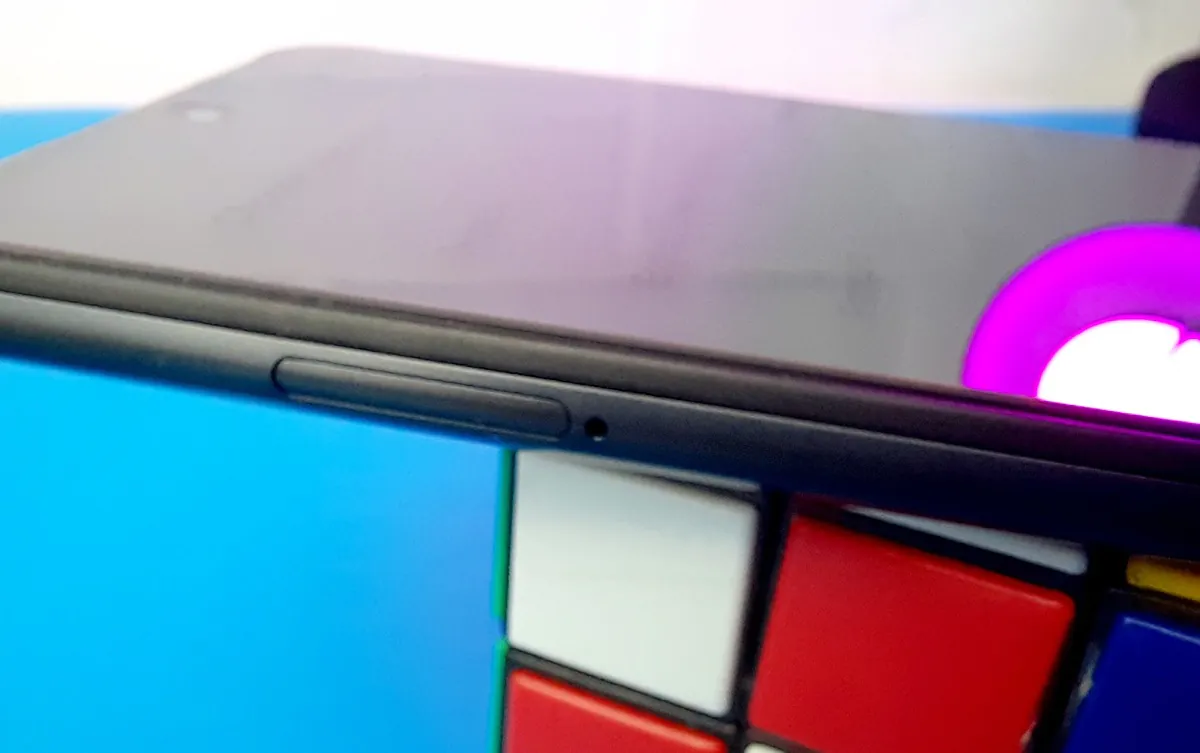
On the right side there are volume buttons and a power key with a quick fingerprint scanner integrated into it.
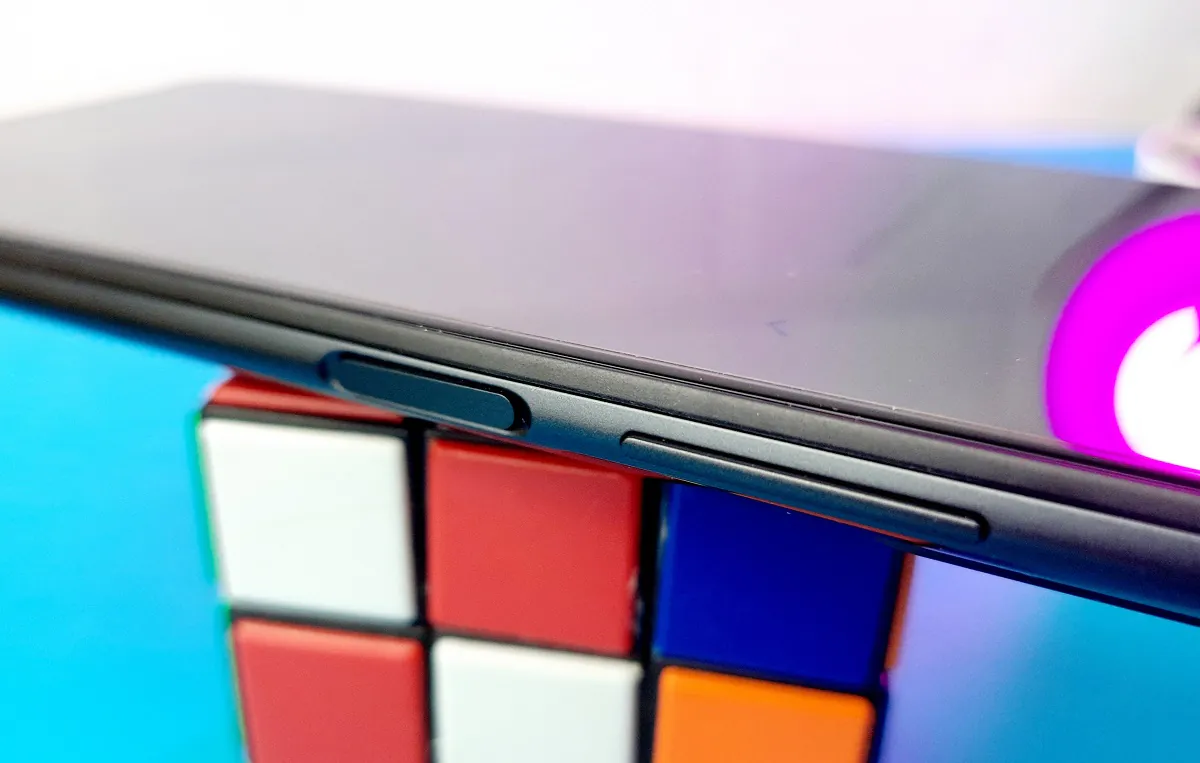
At the top there is a 3.5mm audio jack and an infrared port.

At the bottom we find a USB-C port, a microphone and a speaker. There is no stereo in the new product, which, like the hybrid slot, is a downgrade compared to the standard Poco M3.
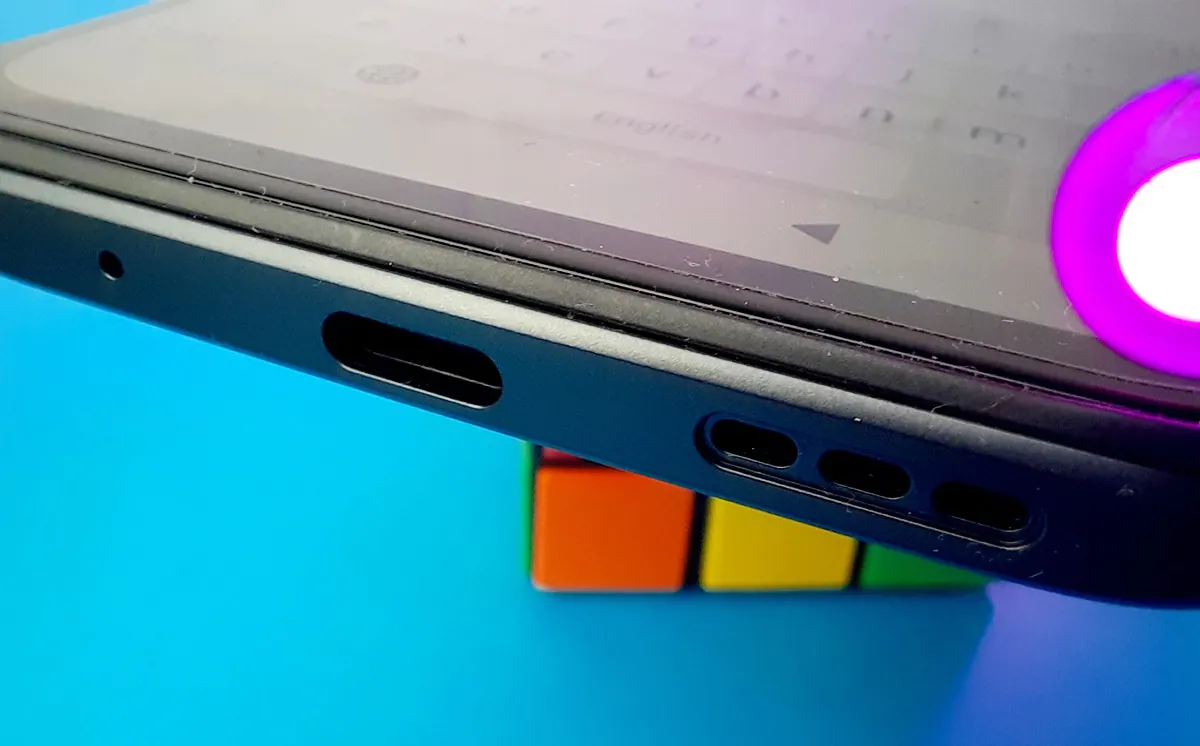
The front is also plastic, as are the edges around the screen, covered with a protective Corning Gorilla Glass 3. From this side, the Poco M3 Pro looks like most modern models: rather thin bezels around the display, a wider “chin” and a notch of the front-facing camera in the upper middle parts of the screen.
The new model sits comfortably in the hand. The smartphone is thin and very light (190g), especially for its battery capacity. My Samsung Galaxy M31S with a 6000mAh battery weighs 203g, but in reality it feels much heavier, although it has only 1000mAh more battery capacity. Compared to it, the Poco M3 Pro weights almost nothing.
There are no official info about the waterproofing of the smartphone. Better try to avoid rain when possible – who knows what’ll happen?
Ergonomics
The Poco M3 Pro has these dimensions: 161.8×75.3×8.9 mm. I wrote above about the lightness and feel in the hand. In terms of overall ergonomics, everything is standard. The side buttons and the power button with a fingerprint sensor are well located and are convenient to use. To reach the top of the screen, even with long fingers, you have to change the grip. Although the plastic is glossy, it does not slip in the hand.
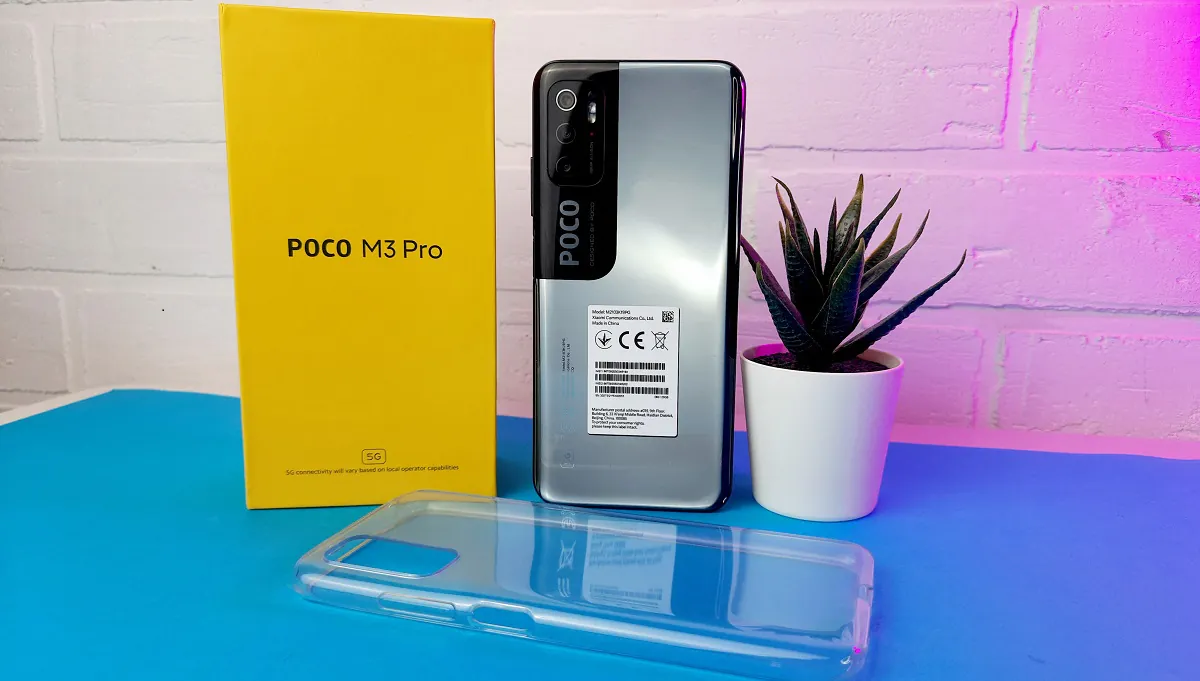
The Poco M3 Pro display
The Poco M3 Pro received a 6.5-inch IPS-matrix with a resolution of 2400×1080 pixels (Full HD+), 405 ppi, 20:9, a brightness of 400 nits and a refresh rate of 90 Hz.
Outdoors, the screen lacks brightness. In the settings, you can change the color temperature, but this will not affect the mediocre brightness in any way.
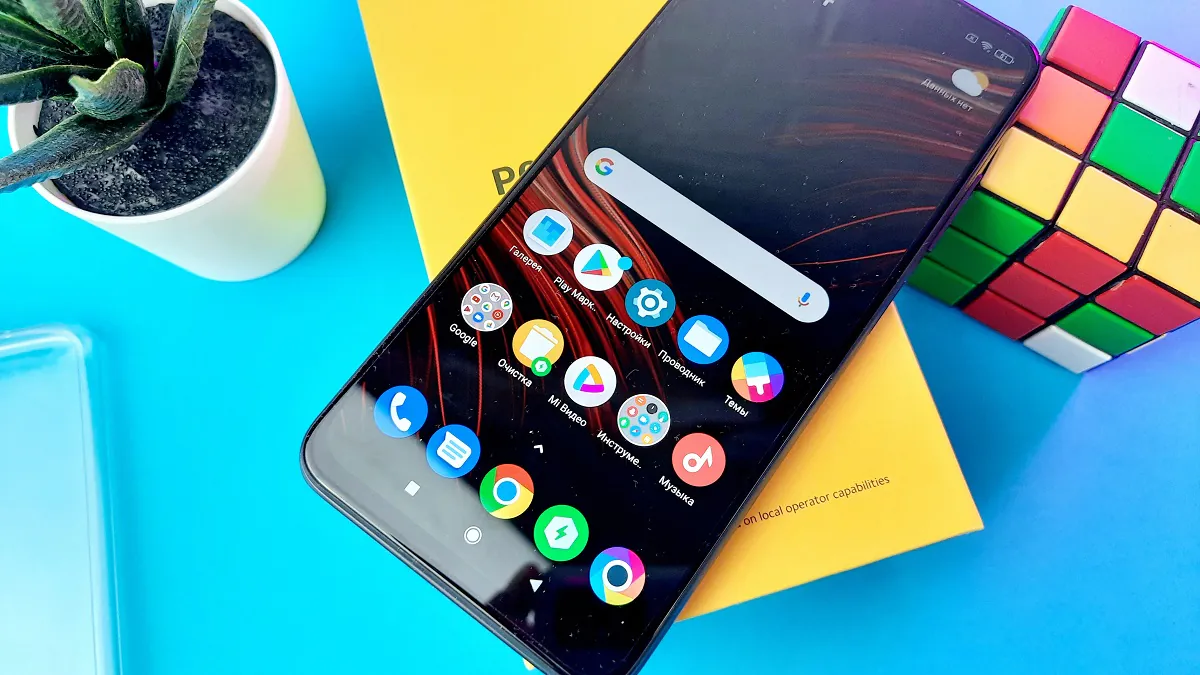
At 60 or 90 Hz the smartphone display is smooth and fast, but this is more a merit of the proprietary launcher and MIUI 12. With an increased hertz, the sensation is even better, but I did not see an increase of 50% when switching modes. Perhaps this is some kind of marketing ploy and in fact it’s all a regular screen, or a mediocre IPS matrix.
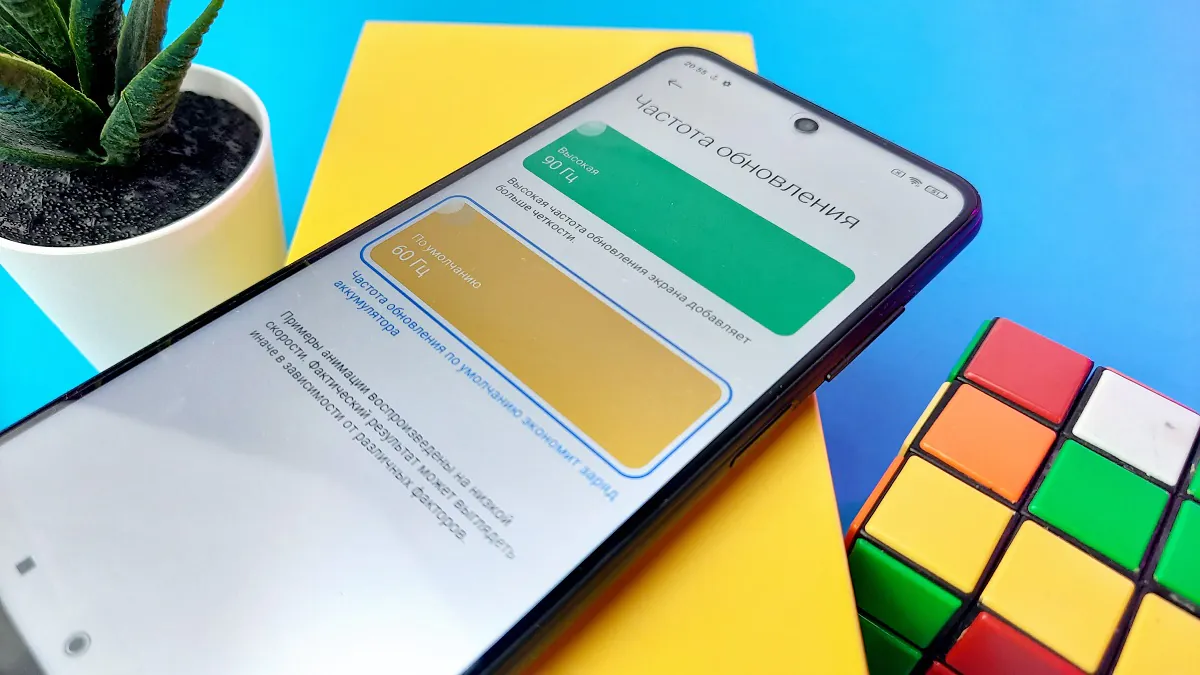
In the settings, you can set a light or dark theme, as well as set automatic switching on a schedule. There is also a reading mode, a choice of text size, screen behavior in VR mode, full-screen settings in apps, auto-rotate, and so on.
The Poco M3 Pro performance
The heart of the Poco M3 Pro is the 8-core MediaTek Dimensity 700 processor with a pair of Cortex-A76 cores (frequency up to 2.2 GHz) and six Cortex-A55 cores with a frequency of up to 2 GHz. The chip is based on a 7 nm process technology. And don’t forget about Mali-G57 MC2.
The MediaTek Dimensity 700 is trendy. It’s quite productive, but still budget chip with support for 5G. In a 15 minute stress test, the MediaTek Dimensity 700 performance dropped by a maximum of 12%. These and other benchmark results from Geekbench 5, 3DMark and PCMark are below:
By default, all games go to the built-in Game Turbo hub. When launched from it, the smartphone allocates the maximum amount of power to the game, sacrificing other processes. The smartphone is quite good for gaming.
WoT Blitz normally runs at 30+ fps on high graphics settings, Asphalt 9 is also comfortable to play, as are Wild Rift and Call of Duty Mobile. You can also play Genshin Impact, but at 30 fps and at low to medium graphics settings with periodic slowdowns. To be fair, this game lags on even more powerful smartphones.
The model has 4 or 6 GB of LPDDR4x RAM, and 64 GB or 128 GB of UFS 2.2 flash memory. You can expand the memory with a microSD card, but let me remind you that the model has a hybrid slot, so you will have to sacrifice a second SIM card.
The Poco M3 Pro cameras
Like the Poco M3, the Pro version has a triple main camera. We have the main 48-megapixel OmniVision OV48B module (f/1.79), a 2-megapixel Hynix Hi259 scene depth sensor (f/2.4) and the GalaxyCore GC02M1 macro module (f/2.4). The front-facing camera here is OmniVision OV8856 with a resolution of 8 megapixels.
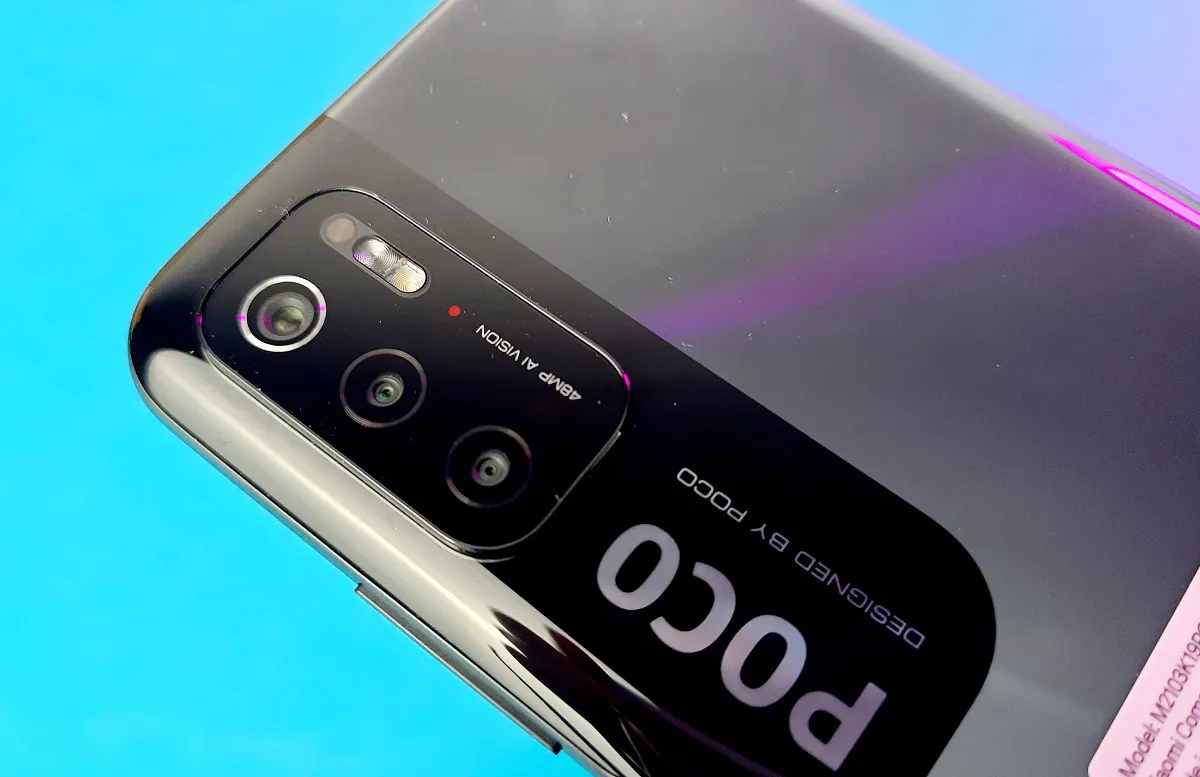
The main drawback of the Poco M3 Pro is the lack of the ultra-wide camera. For a budget model, the camera shoots well, but I expected more.
There are noises in photos and the camera really doesn’t like it when someone moves, even slightly. In such cases, the pictures come out too blurry and noisy.
There is a separate 48 megapixel mode, but the photos in it do not differ much from standard ones.
Autofocus is okay. During the day, the pictures are detailed and beautiful. In medium light, for example, when it gets dark, the photo quality is much worse.
The Night mode is adequate for this price range. It is not worth expecting much, and it does make a lot of noise, but even so you can snap good pictures. If you wish, you can go to the Pro mode and configure everything by hand.
The camera has HDR and AI. Both helper functions work fine. Especially automatic HDR. Macro shooting and the ability to shoot time lapses are available to users.
There is a digital zoom up to 10x, but either my hands were shaking a lot, or it really works so badly, but the camera’s zoom is terrible.
The Poco M3 Pro shoots videos in 1080p and 720p, but always at 30 fps. There is a slow motion mode with 120 fps, there is a grid and there is a macro, but only in 720p, and there is a collection of enhancements and effects in real time.

Shooting videos is not bad, but, of course, I wanted 60 frames per second or 30, but in 4K. I am glad that at least there’s tolerable electronic stabilization.

The Poco M3 Pro battery life
The Poco M3 Pro received a 5000 mAh battery. There is support for quick charging with a power of 18 W, and the bundled power supply produces 22.5 W.
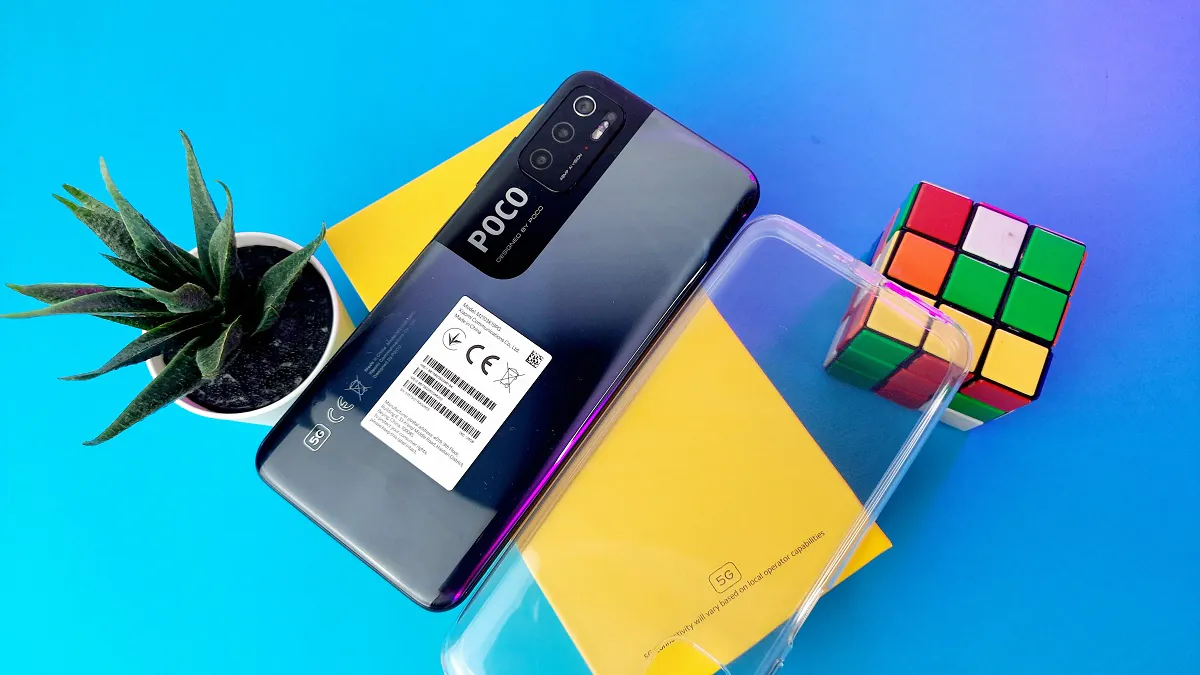
The smartphone lasts a day and a half with average load and with a 90 Hz screen. Accordingly, it can lose power faster if you use it more, but in any case, the charge will be enough for the whole day. And if you go to 60 Hz and use the phone less, then it will last for two or three days.
Sound and communications
Instead of a full-fledged stereo sound with two speakers, like the Poco M3 has, the Pro model was equipped with only one. Why do this in the supposedly improved version is not clear.
The sound of the speaker is loud, but flat, and it also starts to lose quality at 60-70% volume. There is no bass at all. There are sound effects in the settings (Smart, Music, Voice, Video), but there are no significant changes when switching them.
In headphones, the sound is balanced. There is an equalizer and different modes. Audiophiles are better off using better headphones or listening to music through portable audio devices.
Smartphone modules are represented by dual-band Wi-Fi a/b/g/n/ac, fresh Bluetooth 5.1 and useful NFC. There’s also GPS, AGPS, GLONASS, GALILEO, Beidou and Navic.
Firmware and software
The Poco M3 Pro runs on Android 11, on top of which is the native MIUI 12 (stable version 12.0.8) and its own launcher, which is as similar as possible to pure Android. The interface is simple and straightforward, with no lags.
Read also: Xiaomi Mi 11 Ultra review: Powerful Flagship to Shut Up the Skeptics
Verdict
Despite the Pro prefix in the name, the Poco M3 Pro 5G model is not a full-fledged update to the popular Poco M3 predecessor. There are, of course, some improvements, including a “unique” design, which, although it continues to resemble other models of Chinese giants, still looks impressive and stylish.
The smartphone received a powerful MediaTek processor with support for 5G networks, which can handle most popular games.
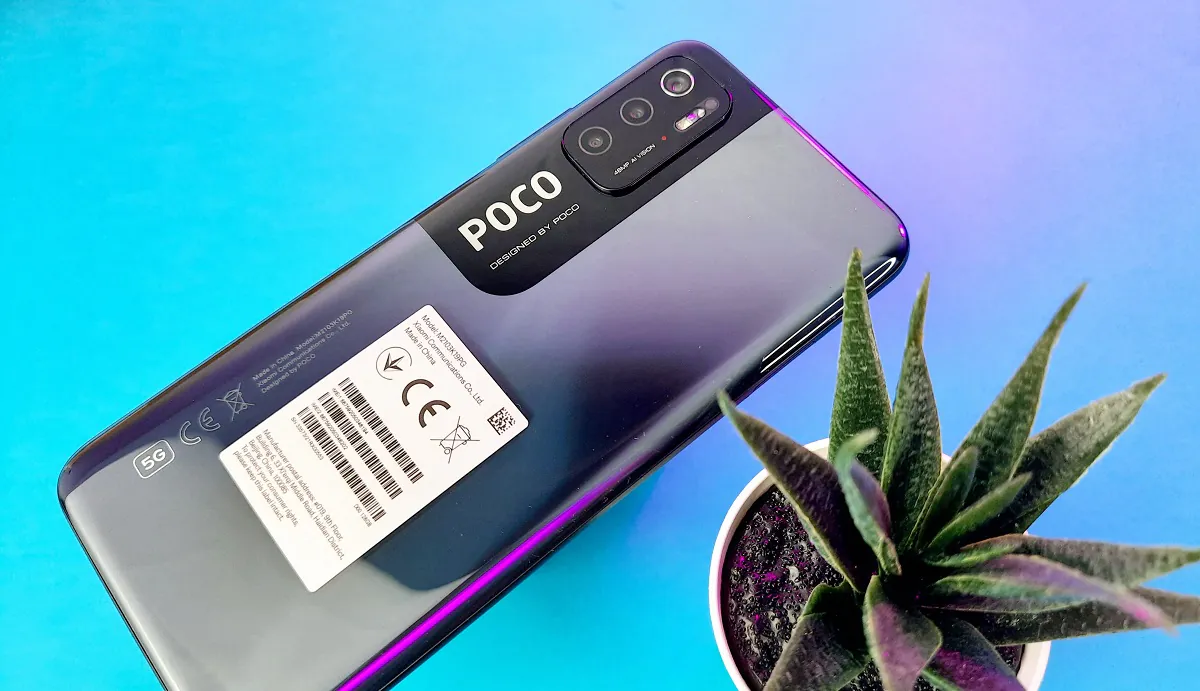
The device is equipped with a triple main camera without a wide-angle module. During the day, the pictures come out adequate, but if you lose a little light, they get noisy. And video recording is possible with a maximum of 1080p at 30 fps, which is a crime for a smartphone for almost $200 in 2021. But there are many modes, including time-lapse, macro, Tilt-Shift, portrait, pro, and so on.
The Poco M3 Pro has a nimble launcher and a faded screen. Although there is a 90 Hz mode, it’s a bit strange. Perhaps this is because of the smooth operation of the system even at 60 Hz, but the difference compared to 90 Hz is minimal.
The device also has only one speaker. The SIM slot is hybrid, although the predecessor has a triple one, and the battery has 1000 mAh less, although it provides the model with 1.5-2 days of work. But Poco M3 Pro is very thin and light, so it fits perfectly in the hand.
Where to buy
Subscribe to our accounts:


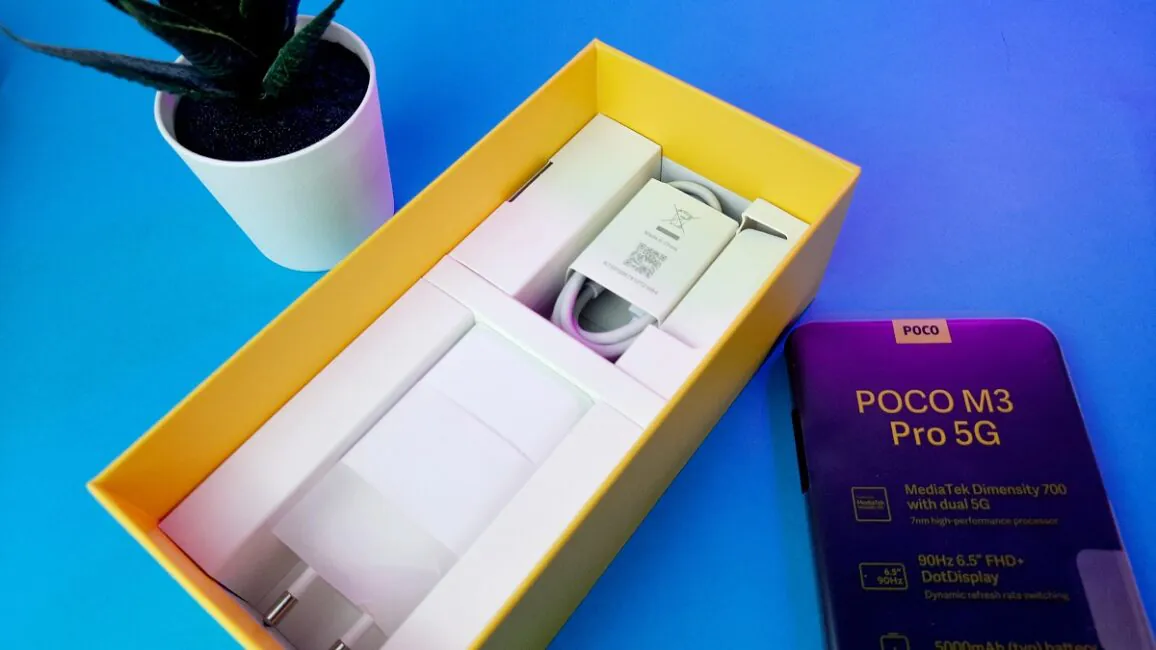
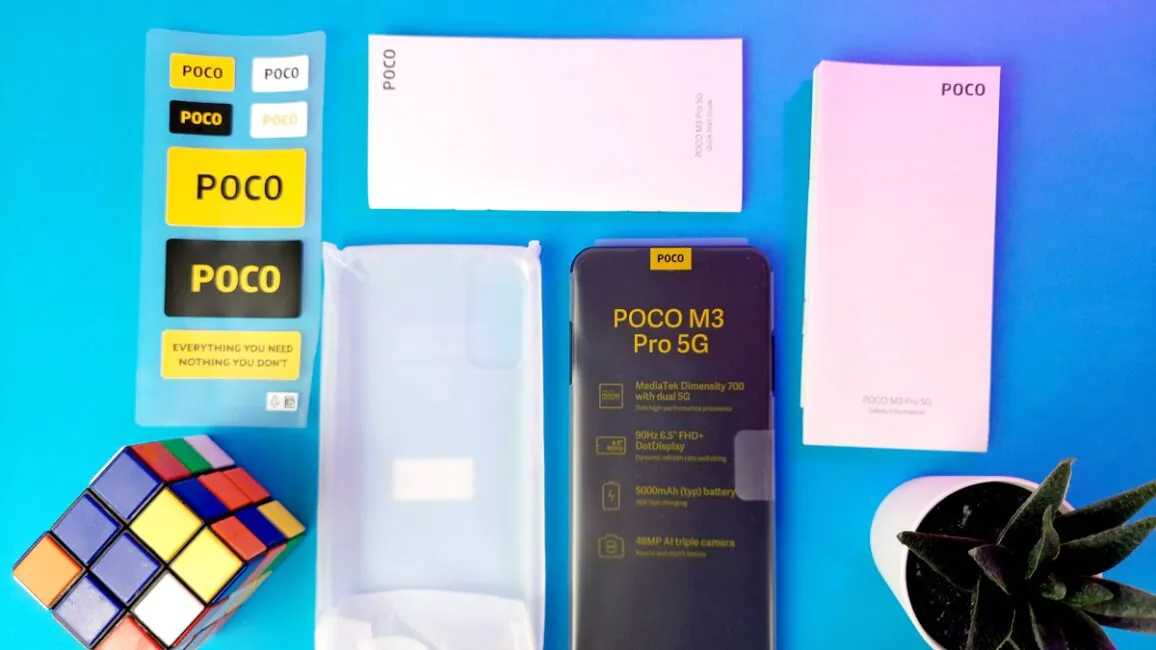

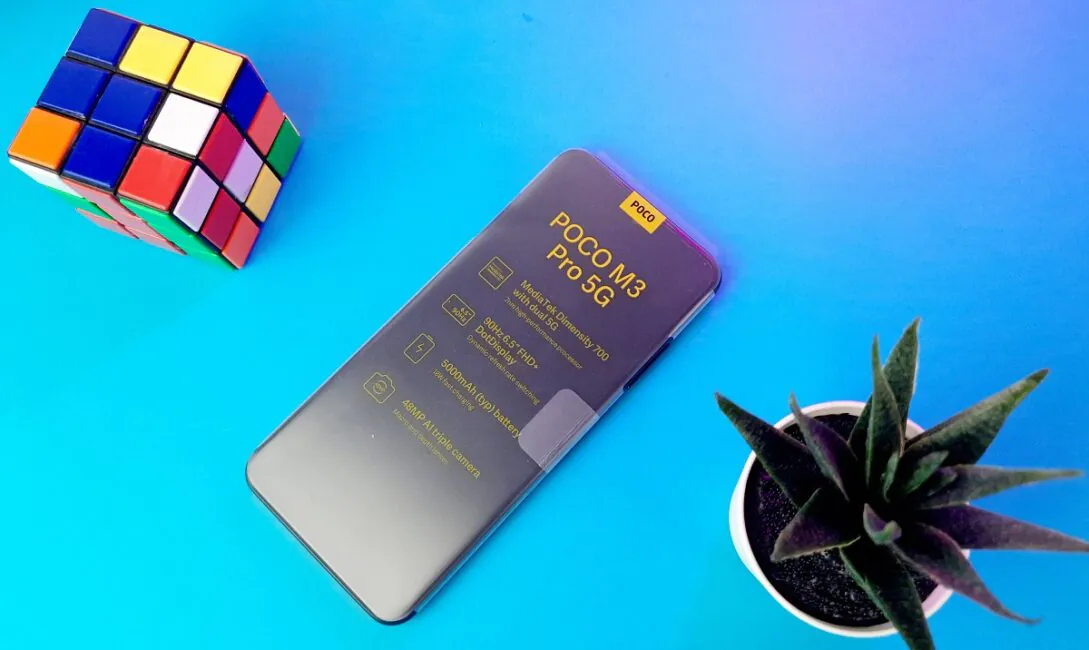
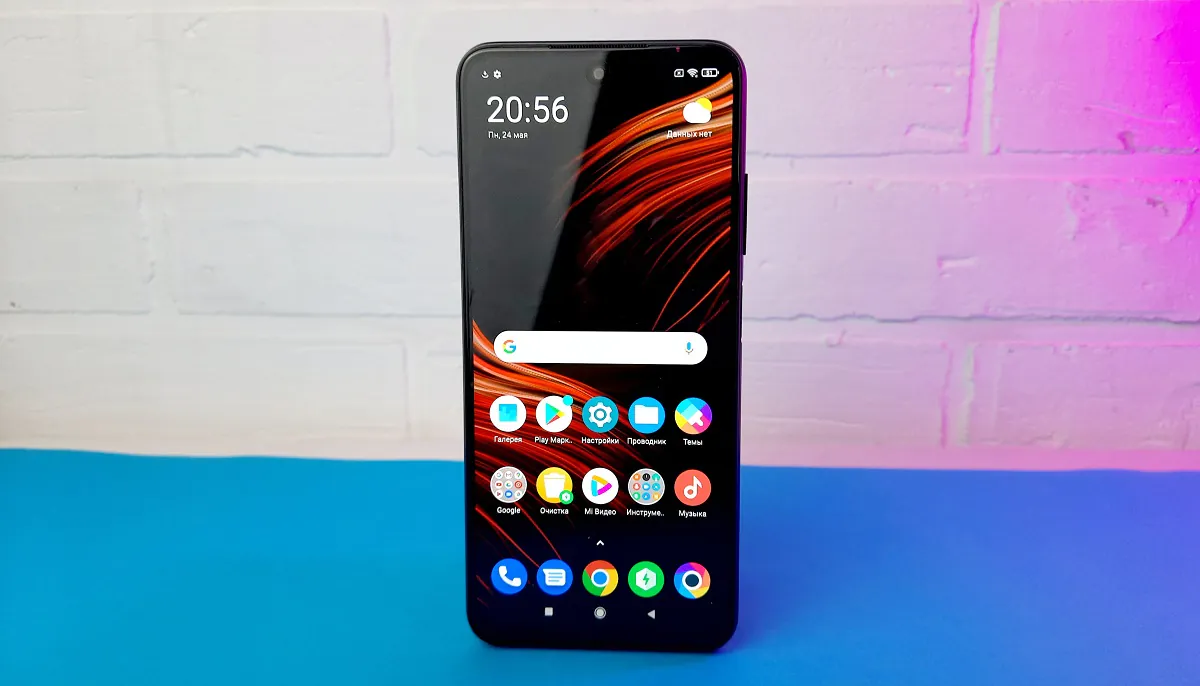
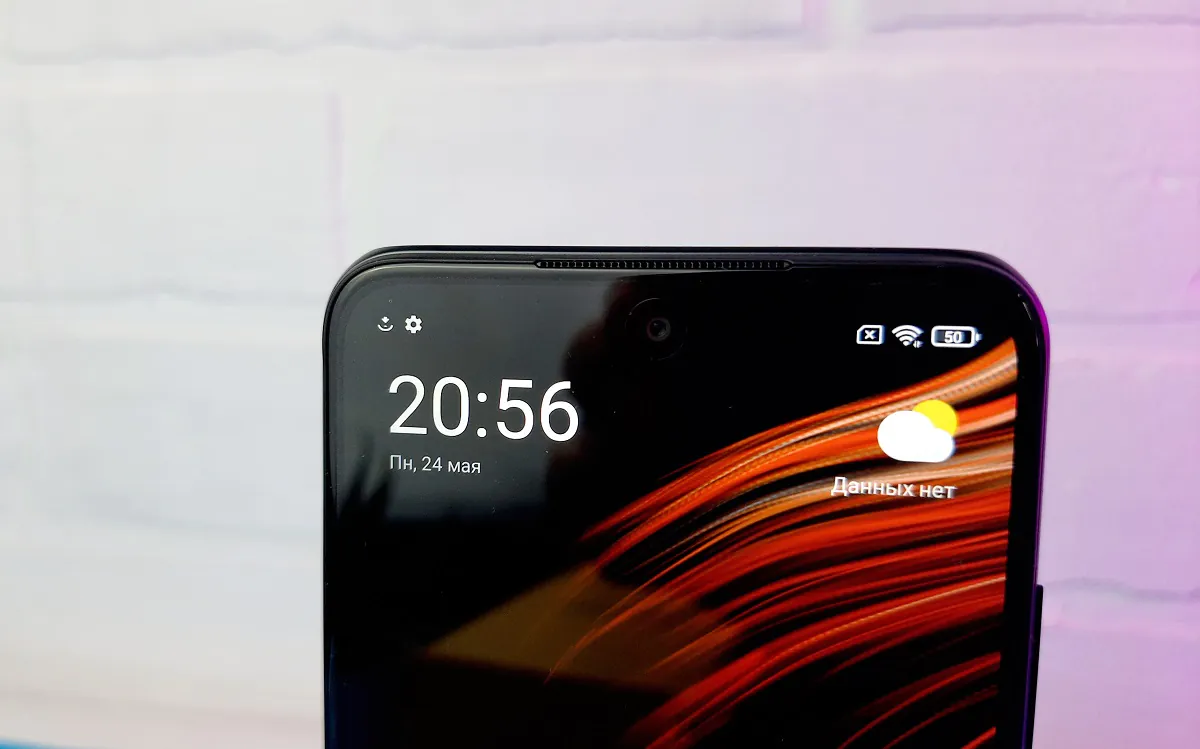
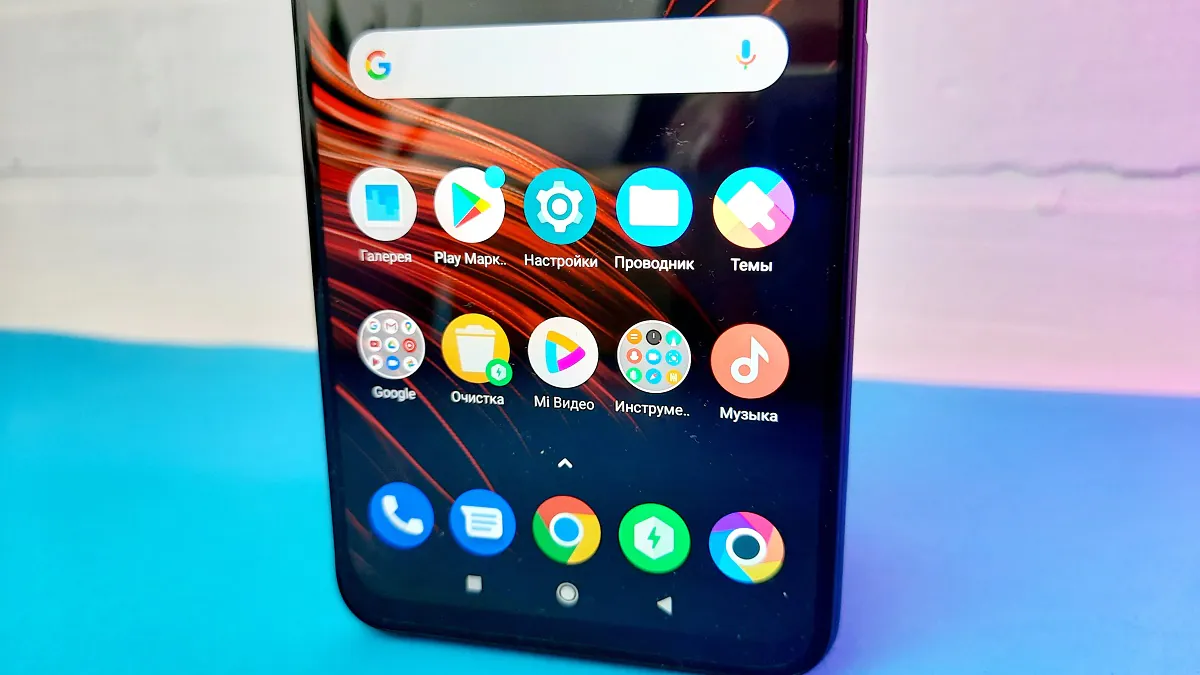
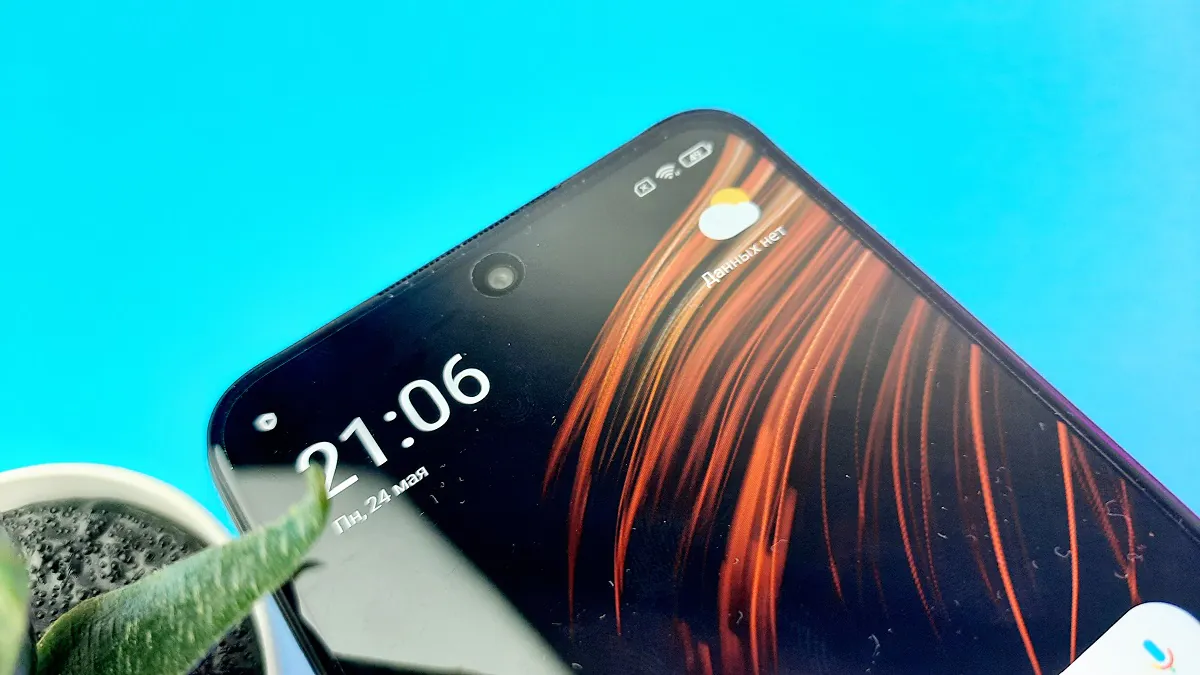
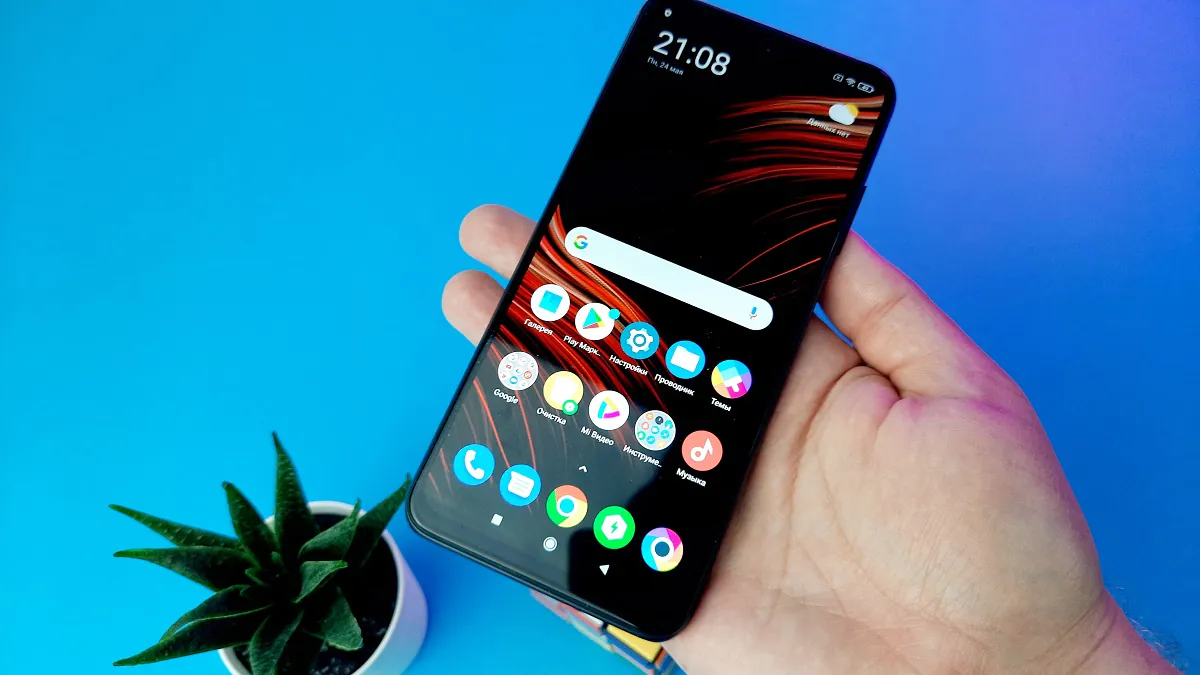
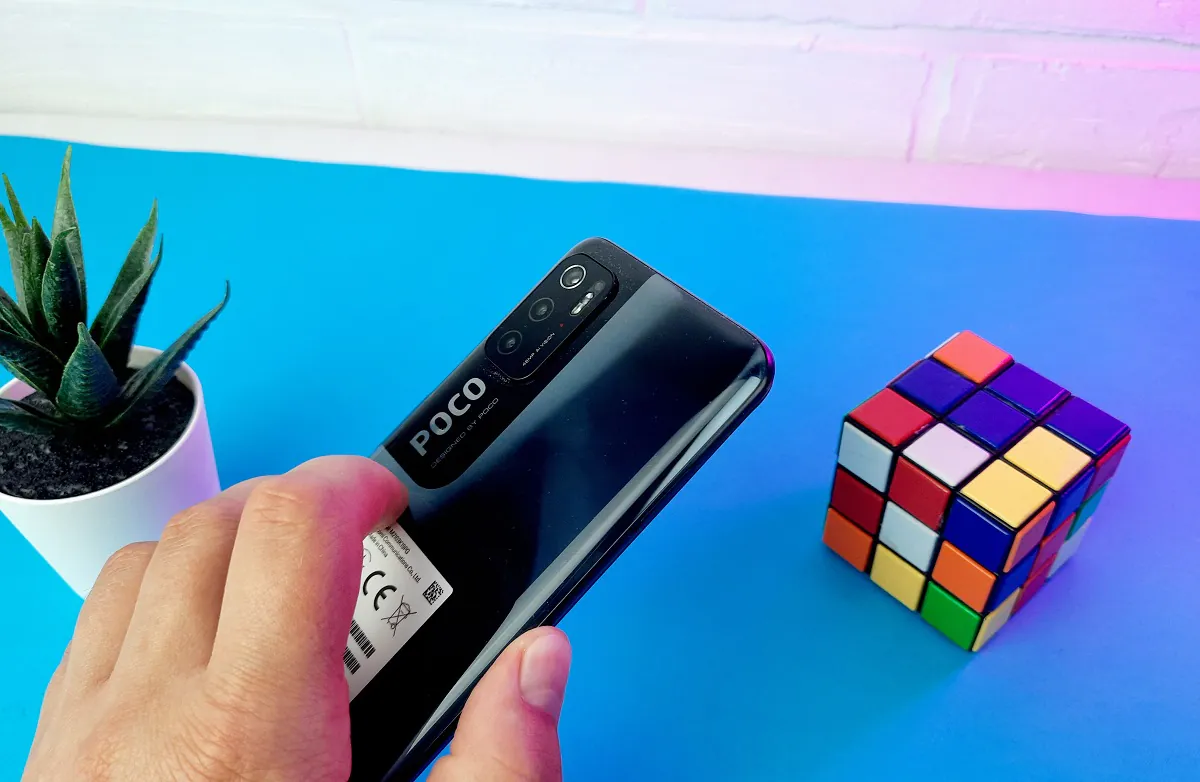
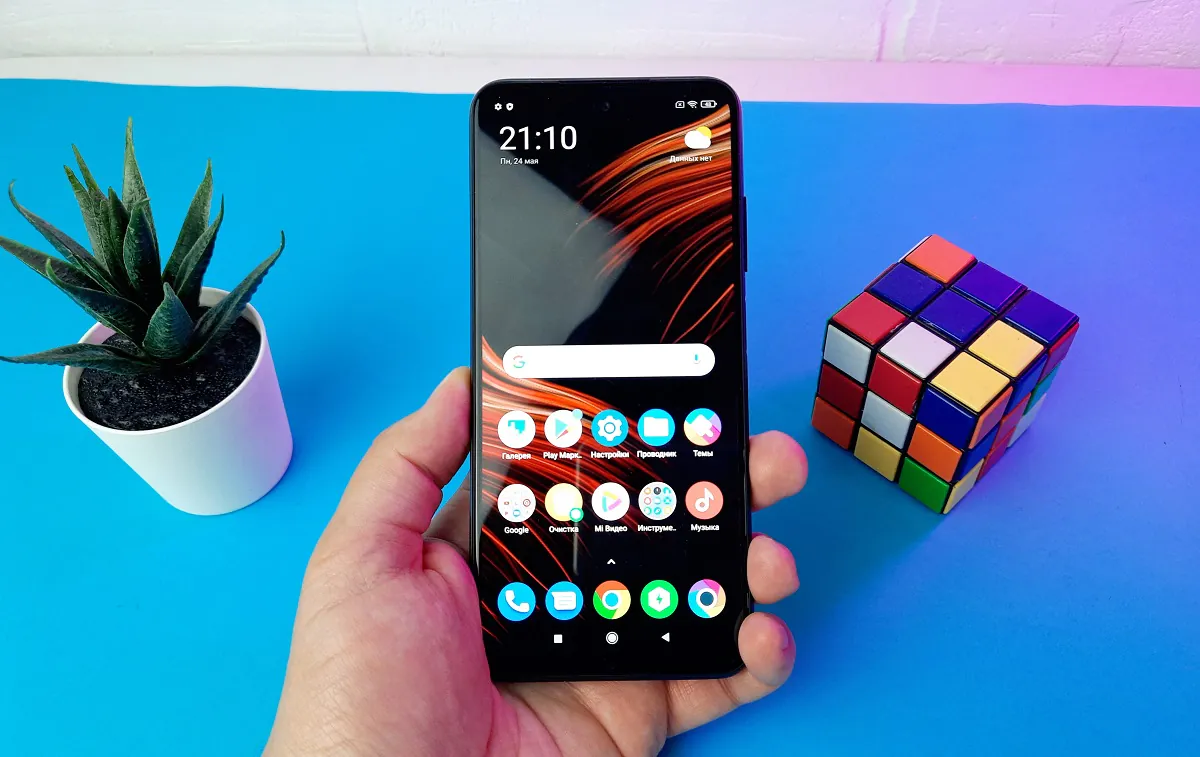
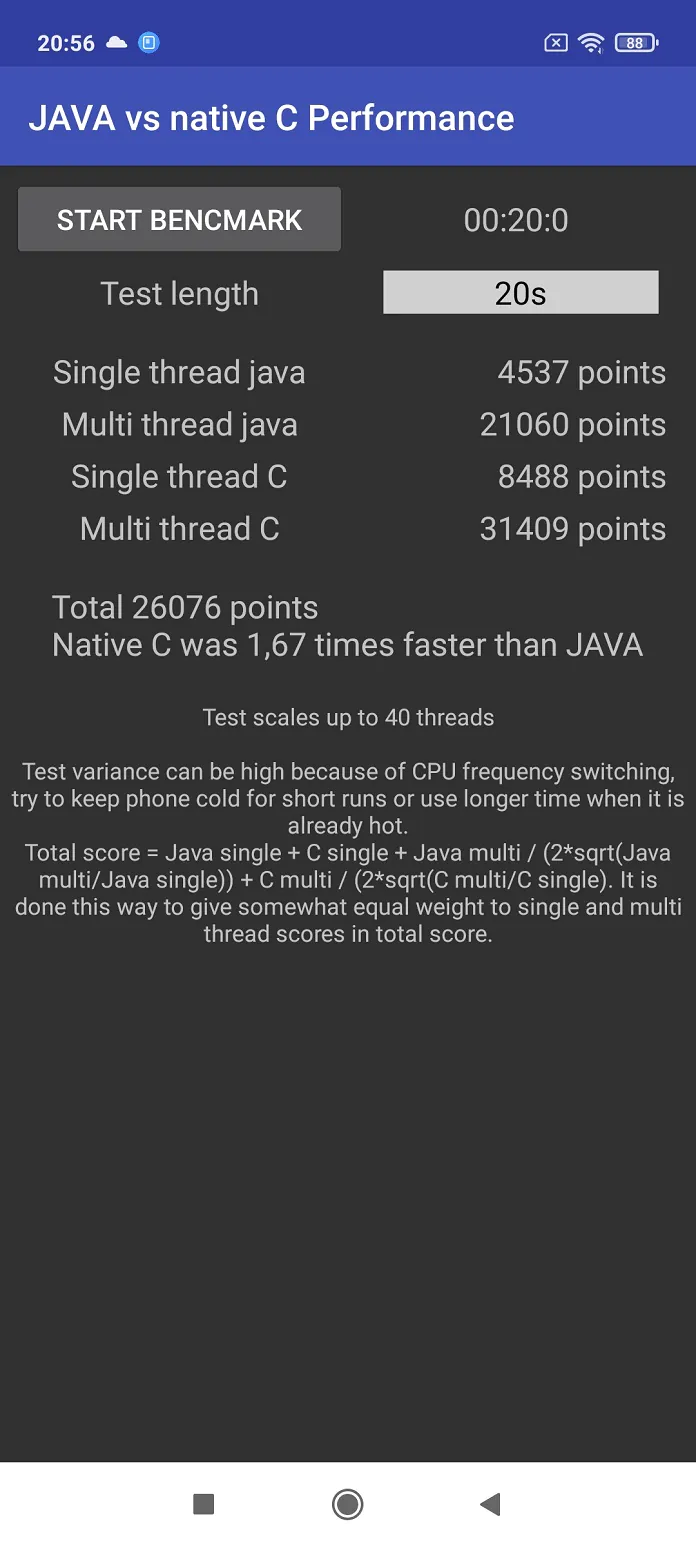
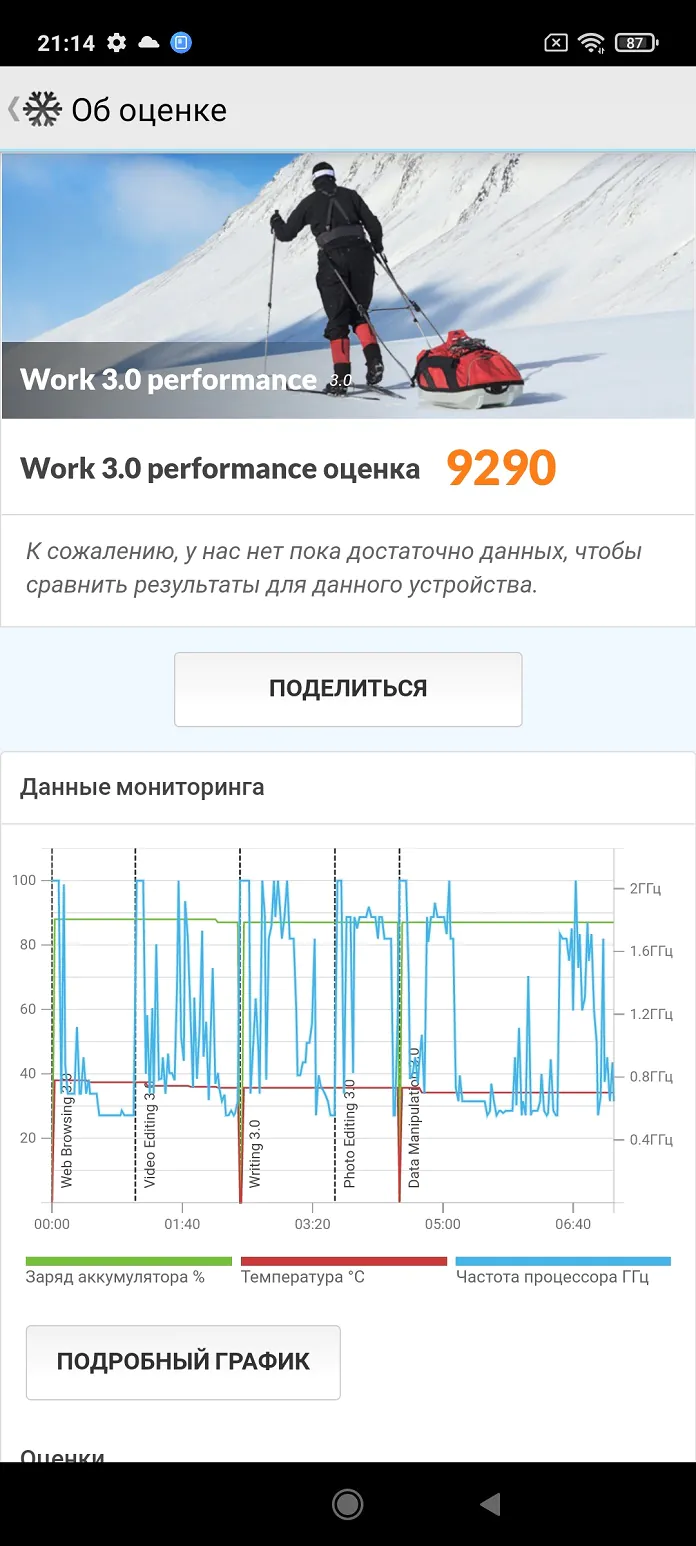

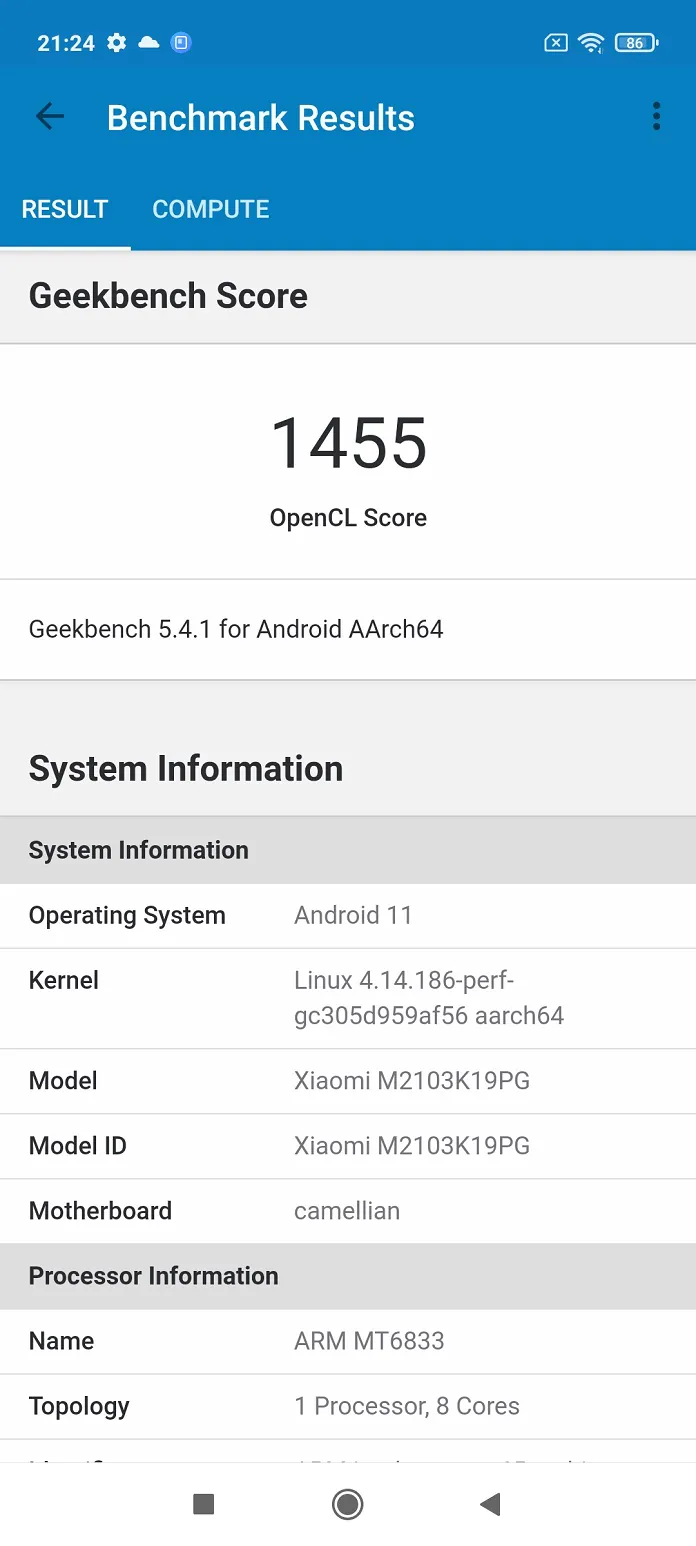
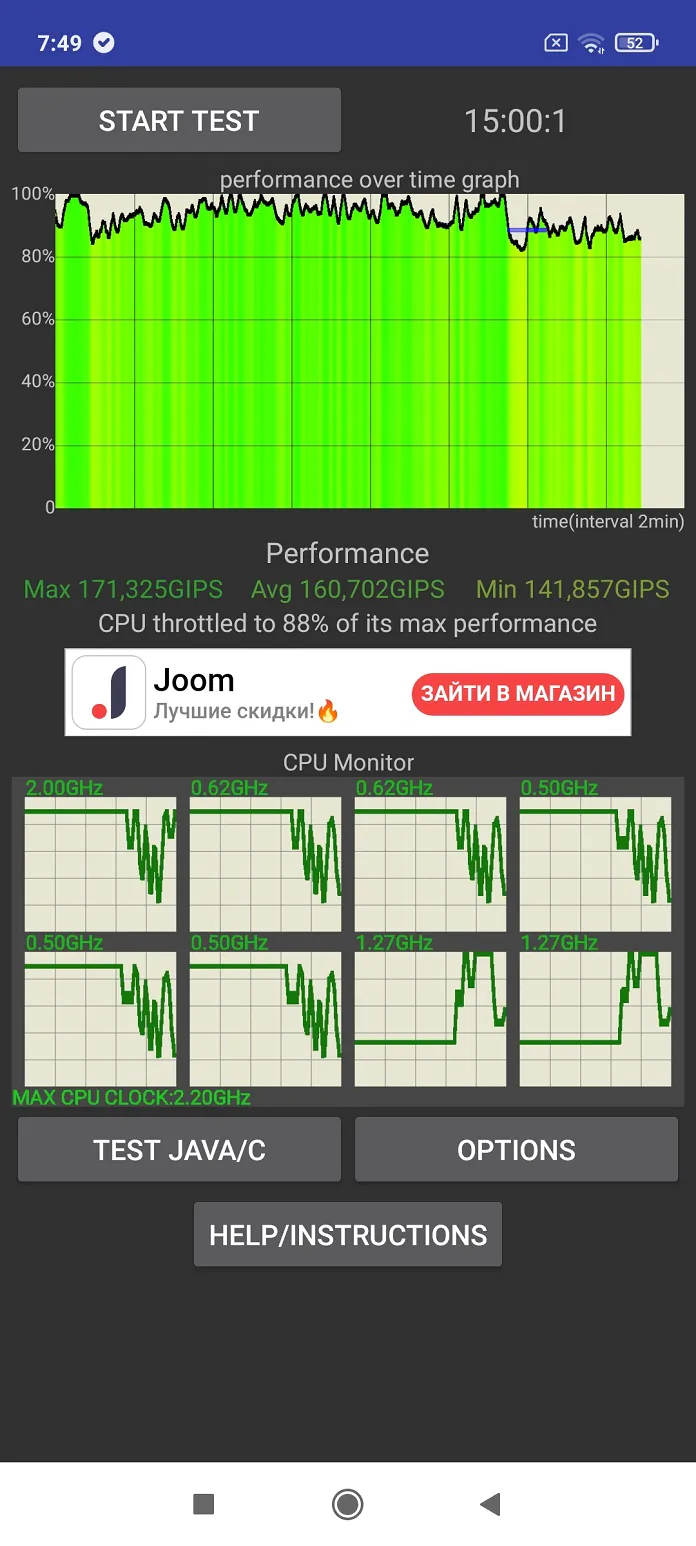

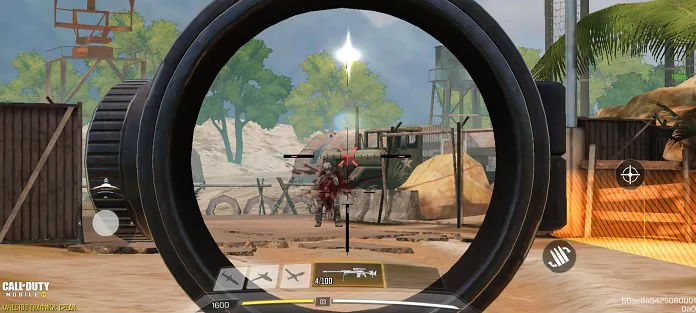
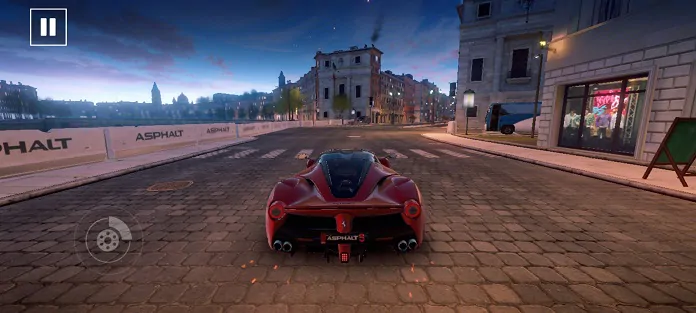


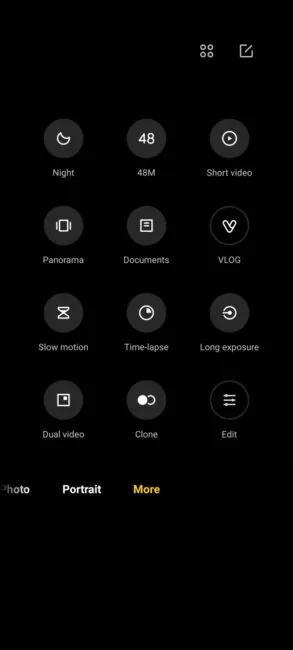
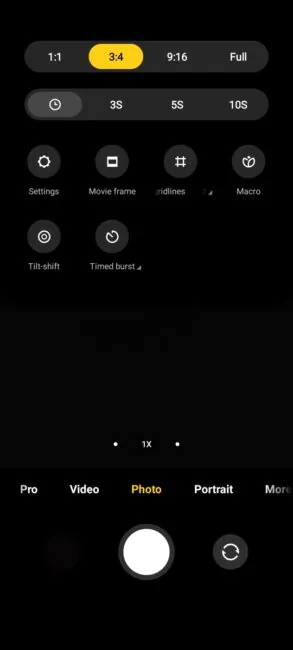

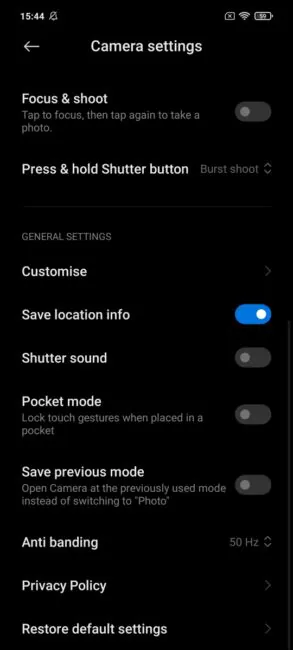
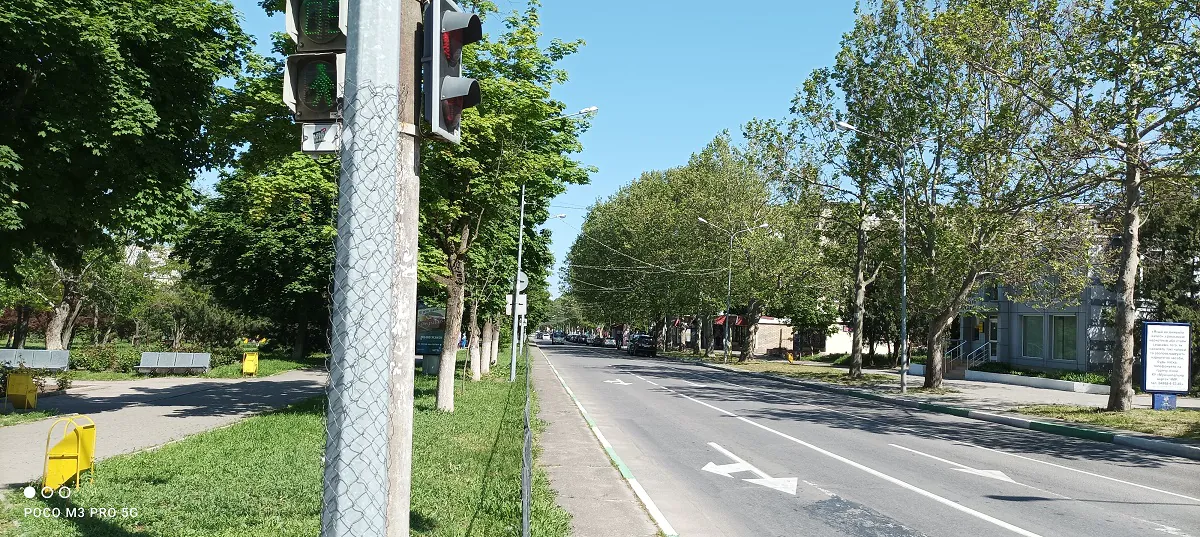





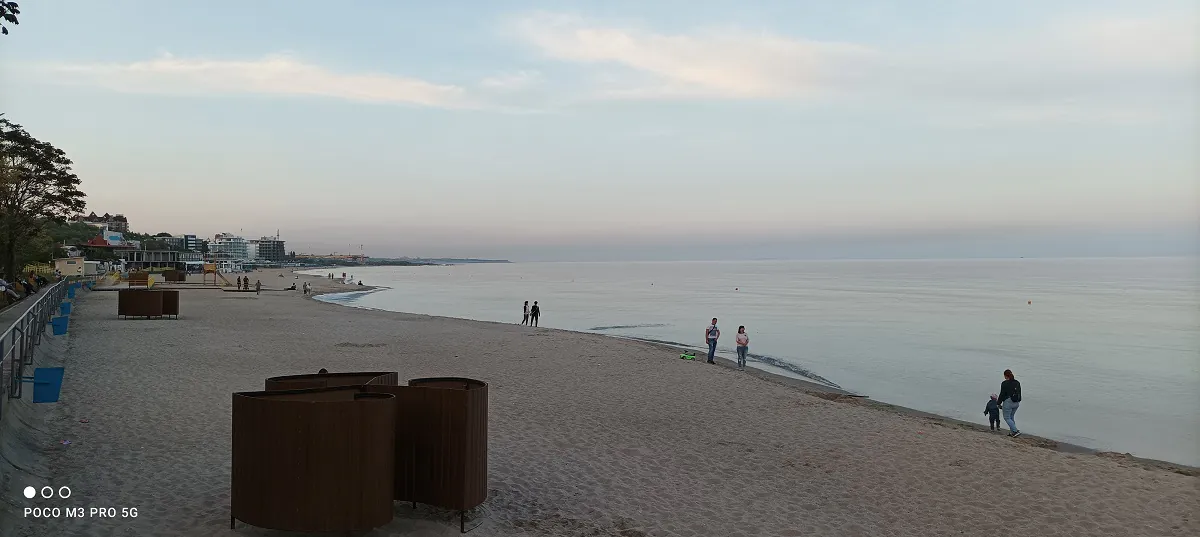








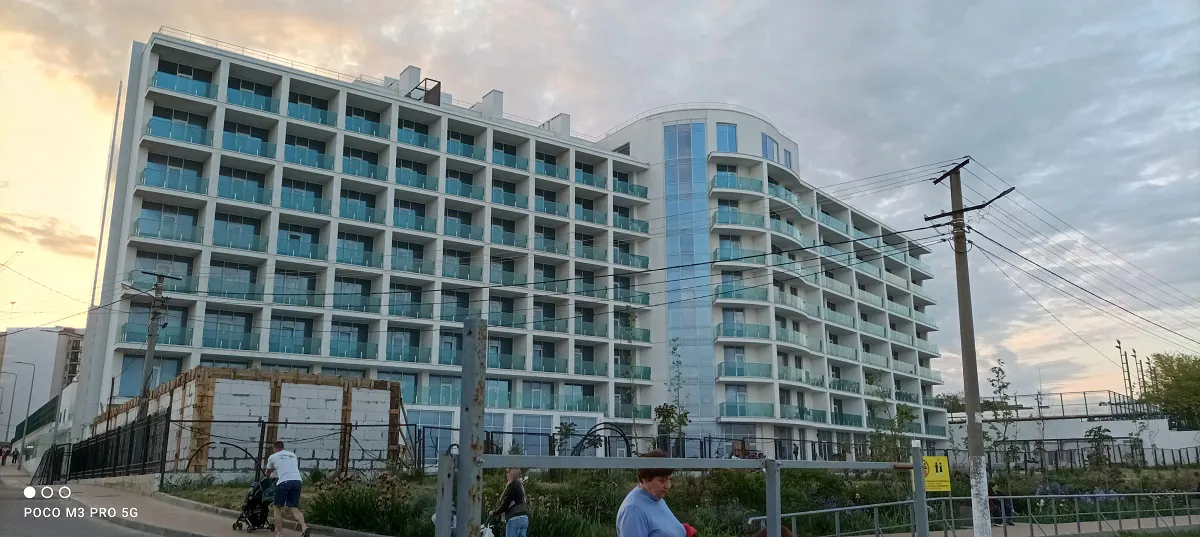
















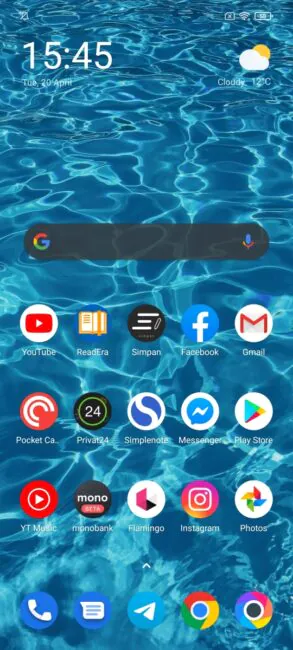
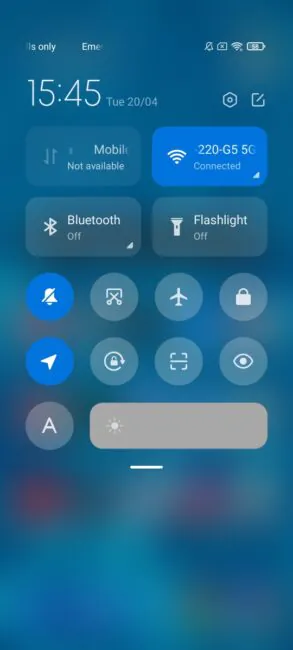
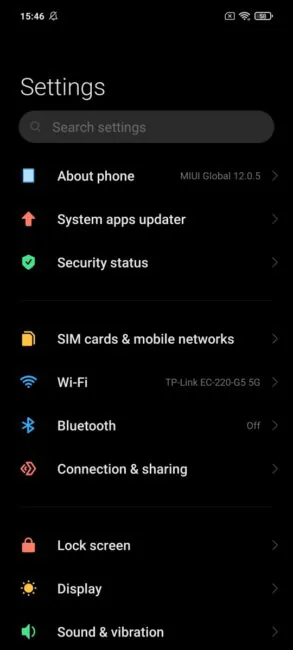
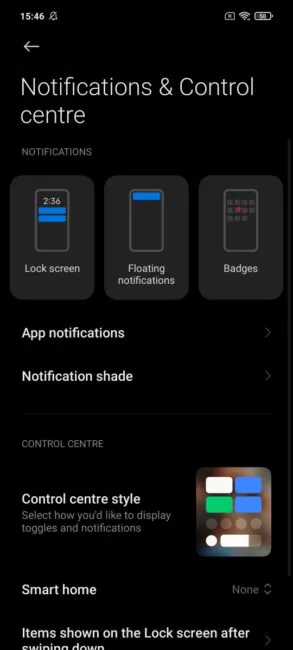
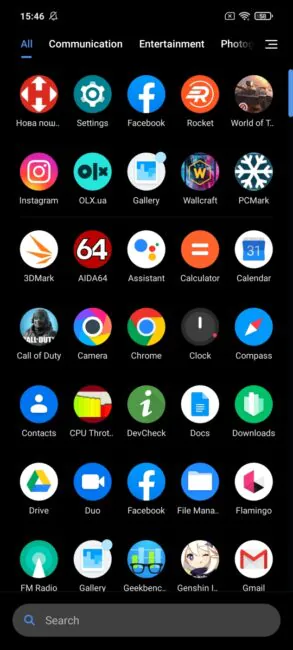
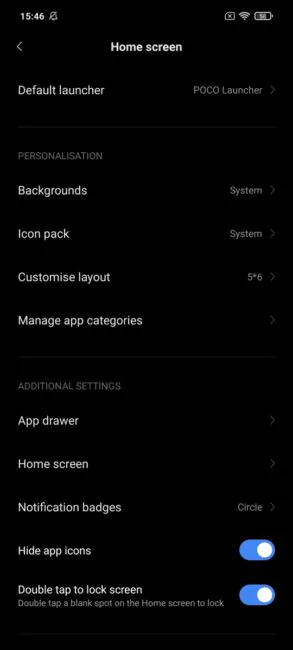
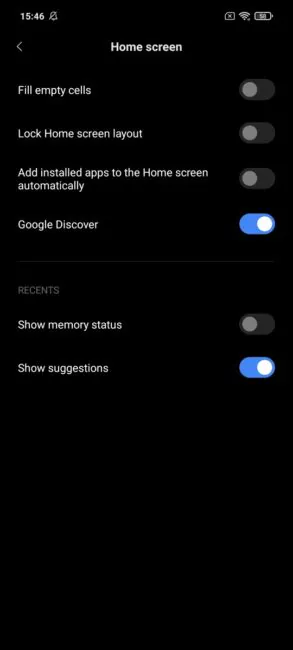
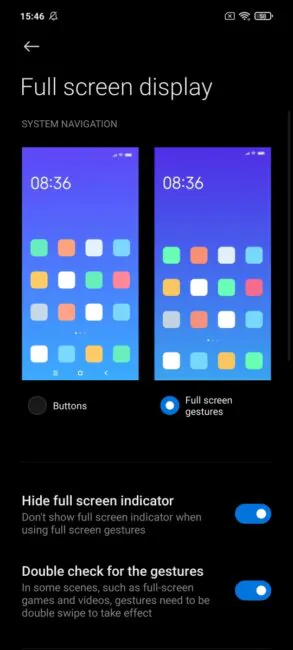
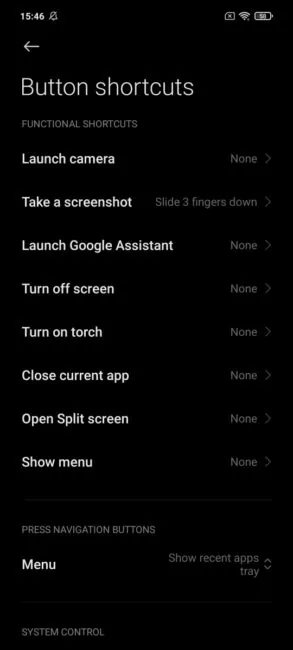



thx for the review,,, for me is a no buy.. very good review
Hi,
Do you accept guest posts? If yes,
I’ll provide you a well-written article and 100% related to your website niche:
Looking forward to a positive response.
Regards,
Mustafa Umair
This is not a topic for comments. You should send your request by email.
https://root-nation.com/en/en-contact-us/